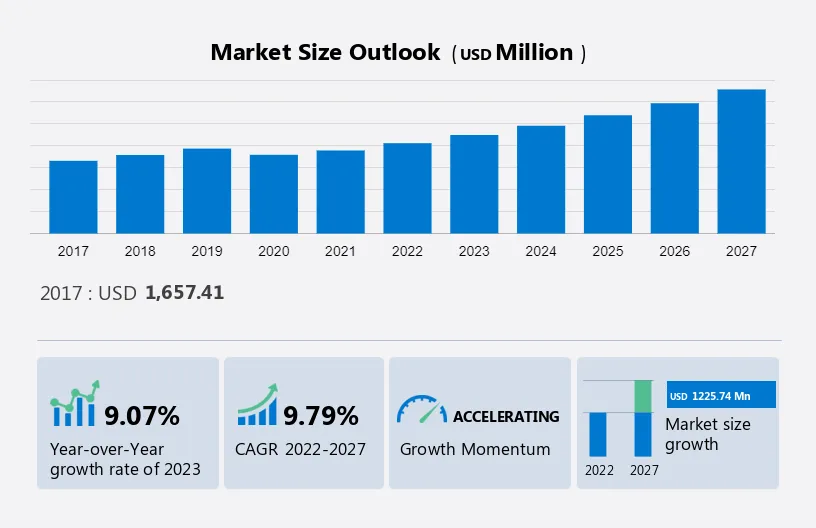New York State Divorce Laws Spousal Maintenance

Introduction:
Divorce is a complex legal process, and navigating the intricacies of New York State Divorce Laws can be a challenging endeavor. One crucial aspect that often requires careful consideration is spousal maintenance, commonly known as alimony. In this article, we will delve into the key provisions of New York State Divorce Laws Spousal Maintenance, shedding light on the factors influencing its determination and recent changes aimed at creating a fair and balanced system.
- Understanding Spousal Maintenance:
Spousal maintenance is financial support provided by one spouse to the other during and after divorce. New York State recognizes the need to address economic disparities that may arise from the dissolution of a marriage. To achieve this, the courts carefully consider various factors to determine the amount and duration of spousal maintenance.
- Temporary Spousal Maintenance:
During divorce proceedings, temporary spousal maintenance may be awarded to ensure financial stability for the lower-earning spouse. New York employs a formula to calculate these temporary payments, taking into account a percentage of the payor’s income minus a percentage of the payee’s income, with specific caps and adjustments in place. This formula provides a standardized approach to address short-term financial needs.
III. Factors Influencing Post-Divorce Maintenance:
For post-divorce spousal maintenance, the court considers a range of factors to arrive at a fair and equitable decision. These factors include the income and property of each spouse, the duration of the marriage, the age and health of both parties, and the non-financial contributions made during the marriage. The goal is to ensure that the financial aftermath of divorce is just and reflects the unique circumstances of each case.
- Recent Changes in New York’s Spousal Maintenance Laws:
In recent years, New York has undergone changes in its spousal maintenance laws to create a more standardized and predictable system. These changes include the introduction of guidelines for calculating maintenance amounts, incorporating percentages of income and establishing clear parameters for the duration of support. The intent is to bring consistency and fairness to spousal maintenance decisions across different cases.
- Ensuring Fairness and Equity:
New York’s spousal maintenance laws are designed to promote fairness and equity in financial matters following divorce. By considering a comprehensive set of factors and implementing guidelines, the legal system aims to strike a balance that acknowledges the contributions of both spouses and addresses financial disparities in a just manner.
- Legal Assistance and Mediation:
Given the complexity of divorce proceedings and spousal maintenance determinations, seeking legal assistance is often advisable. Attorneys specializing in family law can provide valuable guidance, ensuring that individuals understand their rights and obligations under New York State Divorce Laws. Mediation is also a viable option, allowing couples to collaboratively arrive at agreements with the assistance of a neutral third party.
Conclusion:
Navigating the intricacies of New York State Divorce Laws Community Property Laws requires a nuanced understanding of the legal framework and recent changes. By considering factors such as income, property, and the duration of the marriage, the legal system strives to achieve fairness and equity in post-divorce financial arrangements. Individuals facing divorce are encouraged to seek legal guidance to navigate this complex terrain and ensure that their rights and financial interests are protected throughout the process.






